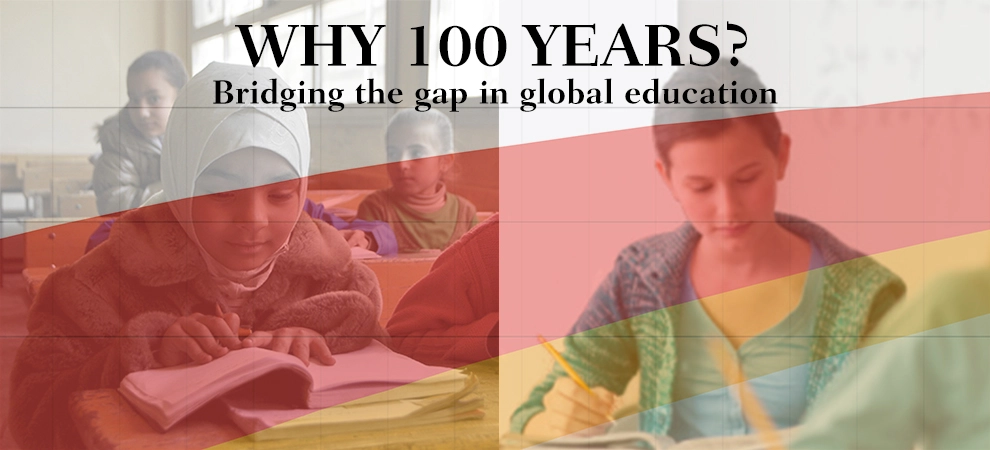
How Can We Bridge the Education Gap on a Global Scale?
Education is a cornerstone of human development, fostering creativity, critical thinking, and socio-economic progress. However, the sad reality is that a significant education gap exists on a global scale. Millions of individuals, particularly in marginalized communities, are deprived of quality education. This article delves into the challenges and potential solutions to bridging the education gap, unlocking opportunities for a brighter future.
Understanding the Education Gap
The education gap represents the disparity in access to quality education among different communities and regions. While some individuals benefit from well-equipped schools, experienced teachers, and modern resources, others lack even the most basic educational infrastructure. This gap perpetuates cycles of poverty, limits social mobility, and hinders sustainable development.
The Role of Socioeconomic Factors
Socioeconomic factors play a pivotal role in perpetuating the education gap. Low-income families often struggle to provide the necessary resources for their children’s education, such as textbooks, uniforms, and transportation. Additionally, the need for children to contribute to household income can result in early dropouts. Addressing these factors is vital to creating a more equitable education system.
Access to Quality Teachers
Quality teachers are the bedrock of a strong education system. However, many regions face a shortage of trained and motivated educators. Bridging the education gap necessitates attracting and retaining skilled teachers, providing them with proper training, competitive salaries, and support to create engaging learning environments.
Technology as an Equalizer
In today’s digital age, technology can be a powerful tool to bridge the education gap. Online learning platforms, digital textbooks, and educational apps can provide access to quality resources even in remote areas. Governments and organizations must invest in digital infrastructure and connectivity to ensure equitable access to these resources.
Community Engagement and Parental Involvement
Community engagement and parental involvement are crucial components of bridging the education gap. Empowering local communities to take ownership of education initiatives can lead to more relevant and culturally sensitive learning experiences. When parents are actively engaged in their children’s education, dropout rates decrease, and academic achievement improves.
Investing in Early Childhood Education
Early childhood education lays the foundation for a lifetime of learning. By investing in preschool programs, children develop essential cognitive and social skills that prepare them for formal schooling. Targeted interventions in the early years can significantly narrow the education gap.
Government Policies and Funding
Government policies and funding play a pivotal role in shaping education systems. Adequate funding for schools, equitable distribution of resources, and the establishment of policies that prioritize education for all can drive meaningful change. Political commitment to education reform is essential to creating a level playing field.
Global Partnerships for Change
Bridging the education gap requires a collective effort. Global partnerships among governments, non-profit organizations, businesses, and international bodies can pool resources and expertise to address this challenge. Collaborative initiatives can provide innovative solutions, share best practices, and bring about lasting change.
Empowering Girls and Women
Empowering girls and women through education is a key strategy to bridge the gap. Educated women are more likely to invest in their families’ well-being, contribute to their communities, and break the cycle of poverty. Efforts to ensure equal access to education for girls can lead to transformative social and economic changes.
Measuring Progress and Accountability
Measuring progress and holding stakeholders accountable is essential in the journey to bridge the education gap. Governments, organizations, and communities must track enrollment rates, literacy levels, and educational outcomes. Transparent reporting and data-driven decision-making can guide effective interventions.
Conclusion
Bridging the education gap is a multifaceted challenge that requires a holistic and collaborative approach. By addressing socioeconomic barriers, leveraging technology, engaging communities, and advocating for policy reforms, we can create a more inclusive and equitable education system on a global scale. Empowering minds through education not only transforms individual lives but also paves the way for a more just and prosperous world.



